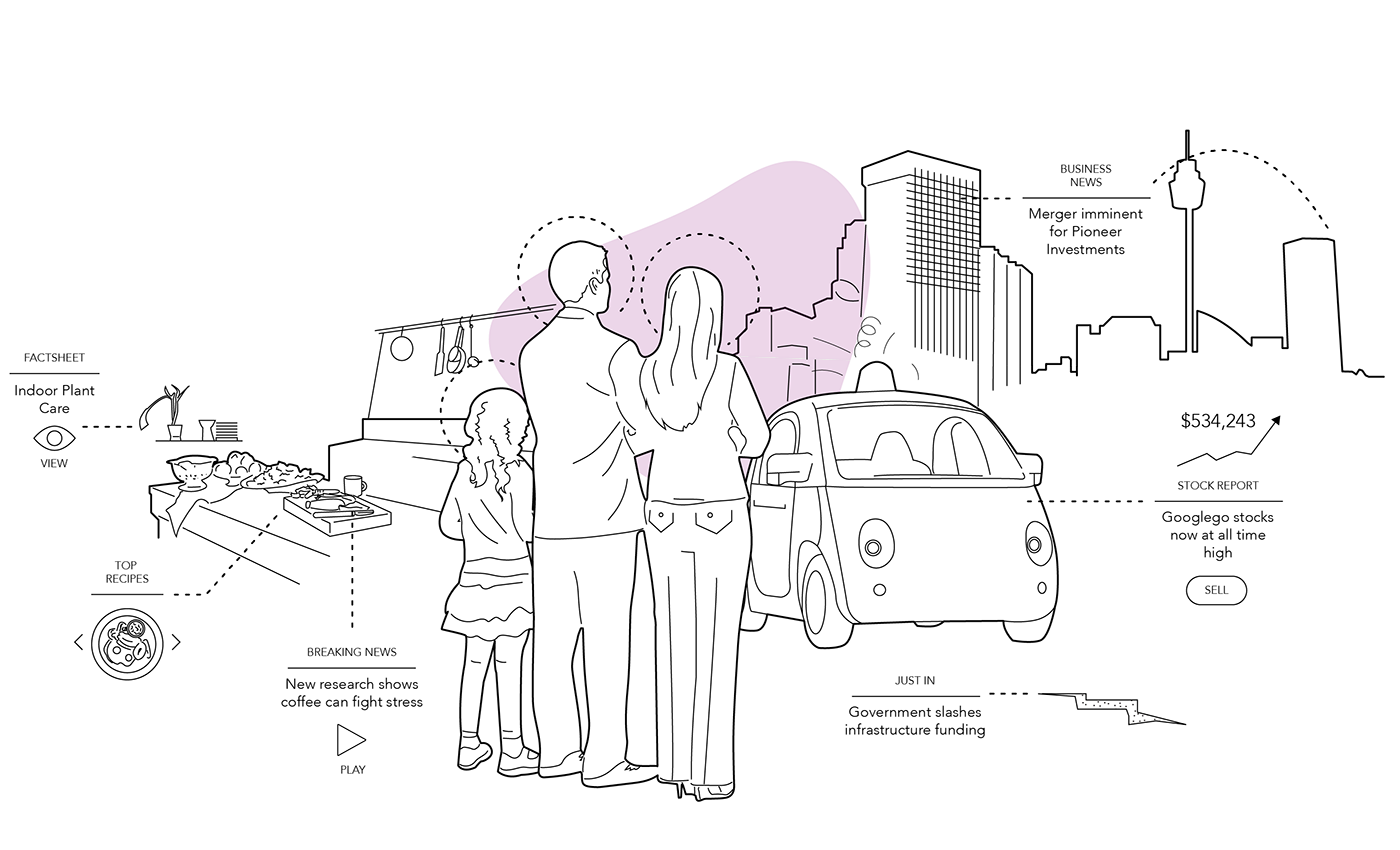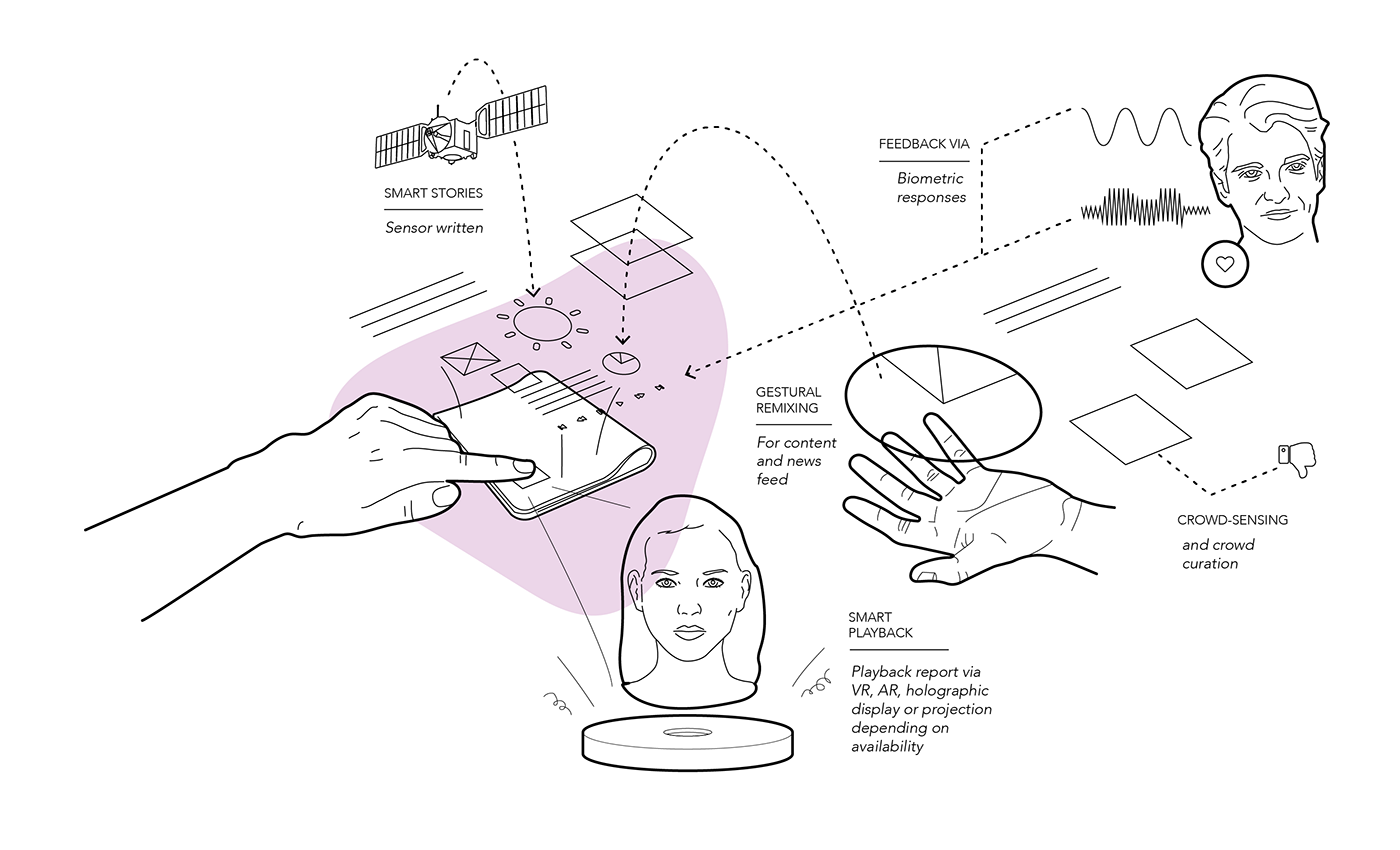
Beyond the Screen
Currently we are designing for a mobile multi-screen world and migrating every facet of our lives onto screens. Designers are focusing on perfecting screen interfaces and content makers are ensuring their experiences are available across as many screens and devices as possible. But there is a new frontier of digital experiences, just around the corner.
The things that we see in early emergence now - wearables, smart surfaces, the internet of things, virtual and augmented reality and artificial intelligence - are developing at such a rapid rate that soon we will have to think about designing for more than just ‘click and touch’. Instead, we’ll also be designing ABC experiences “beyond the screen”. The thing to think about is not, “Is this going to be an awesome, standalone experience? Will the Apple Watch be my new computer? It pretty clearly won’t. But how does it fit into this growing ecosystem of smarter and smarter devices? What does the watch mean in the context of me having a phone, tablet, smart home, desktop, and laptop? What’s the choreography among these devices? That’s the interesting and challenging question ahead of us.” - Josh Clark
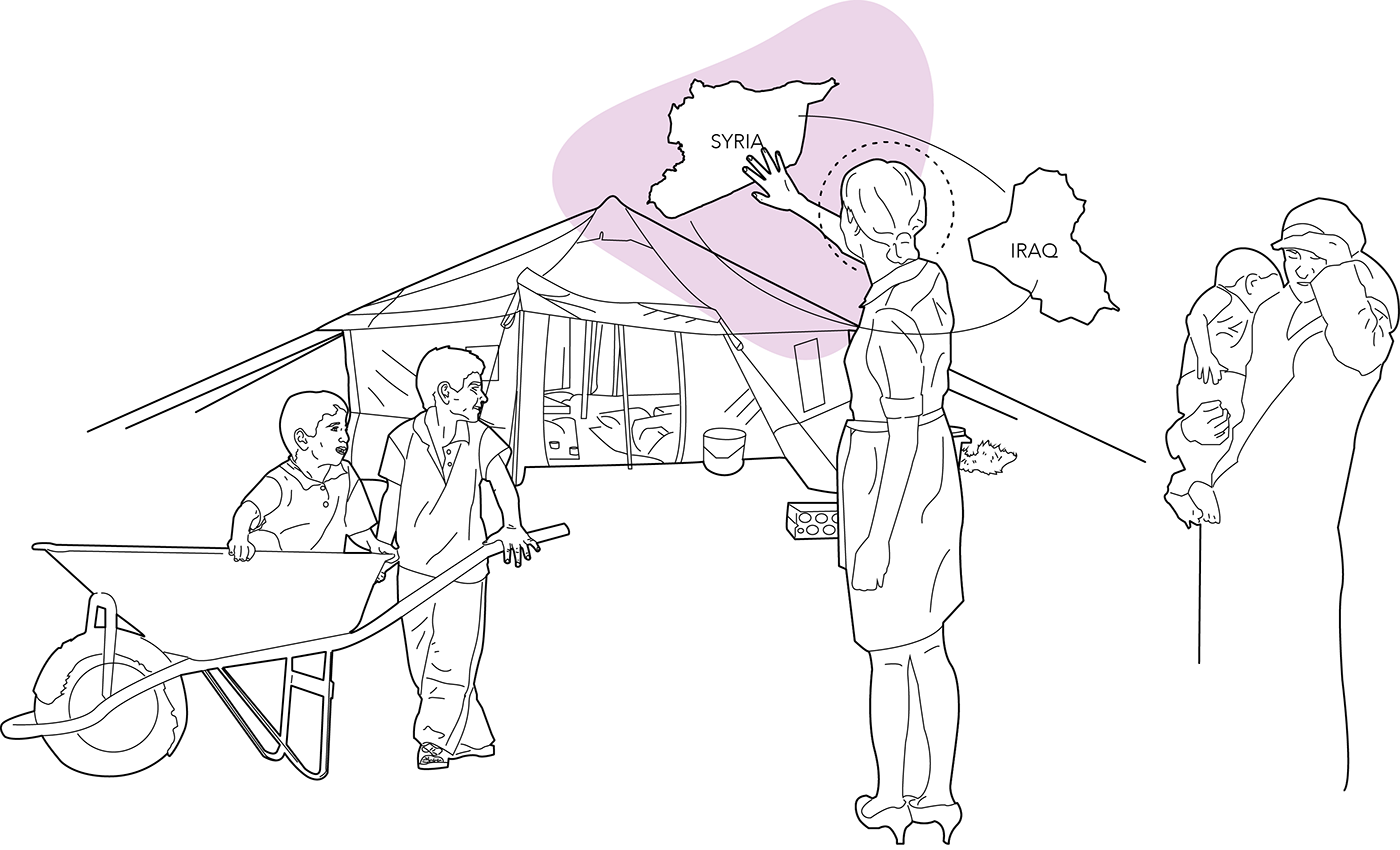
Stories will come alive around me
Our producers, storytellers and journalists will soon have the tools to tell a story as it might be experienced in reality - fully immersed in a 360 degree environment. Storytelling will become more sensory - at first visually and through sound with Virtual and Mixed realities, then ultimately through other senses like touch. This ‘physical’ immersion in a story will mean that people develop a deeper connection to narratives and themes.

Imagine visiting a refugee camp in Jordan. If you physically experienced the day to day reality for thousands of families, would it change the way you saw the war in Syria? If you were able to stand in the middle of the Colosseum exactly as it was in 70 AD, would the past seem as vivid as life now to you ? One of the greatest opportunities that today’s emerging immersion technologies represent, is the chance to create ‘deeper’ engagement for the viewer. The development of VR, AR and 360 video cameras, although in their infancy, will allow us to be ‘on the spot’ in a way regular video cannot convey. For fictional worlds we can create high resolution 3D simulations that will allow us to suspend disbelief and feel like we are really there.

I will feel the delight of interacting with and experiencing content using my body
Our future interactions with digital media will feel intuitive and seamless, and allow us to use a broader range of our modes of understanding (visual, aural, spatial, tactile). Mixing physical interactions such as gestures and body movements with immersive technologies (like VR and haptic tools or AR and input from wearables or other sensors) will create great potential for more powerful embodied cognition.
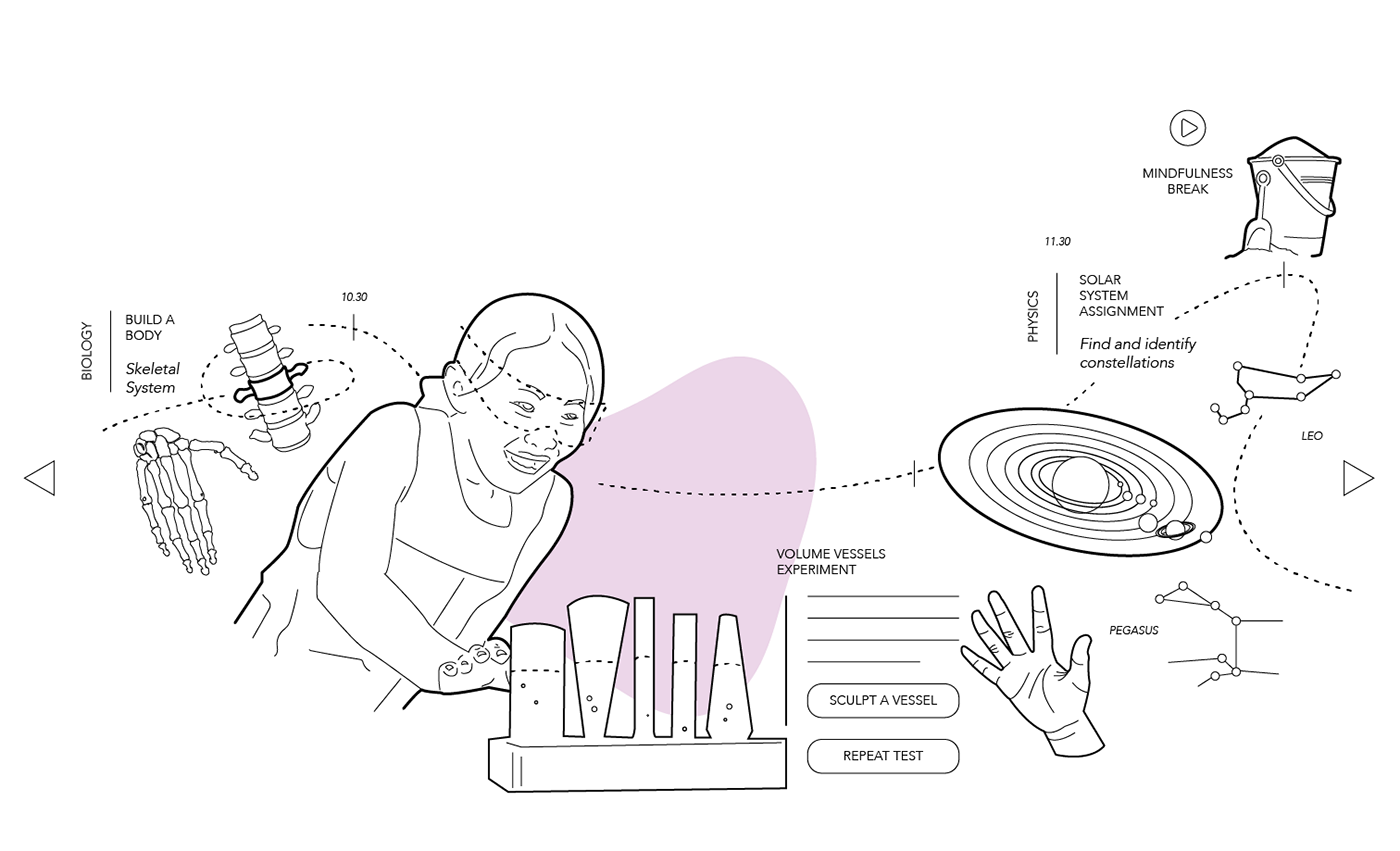
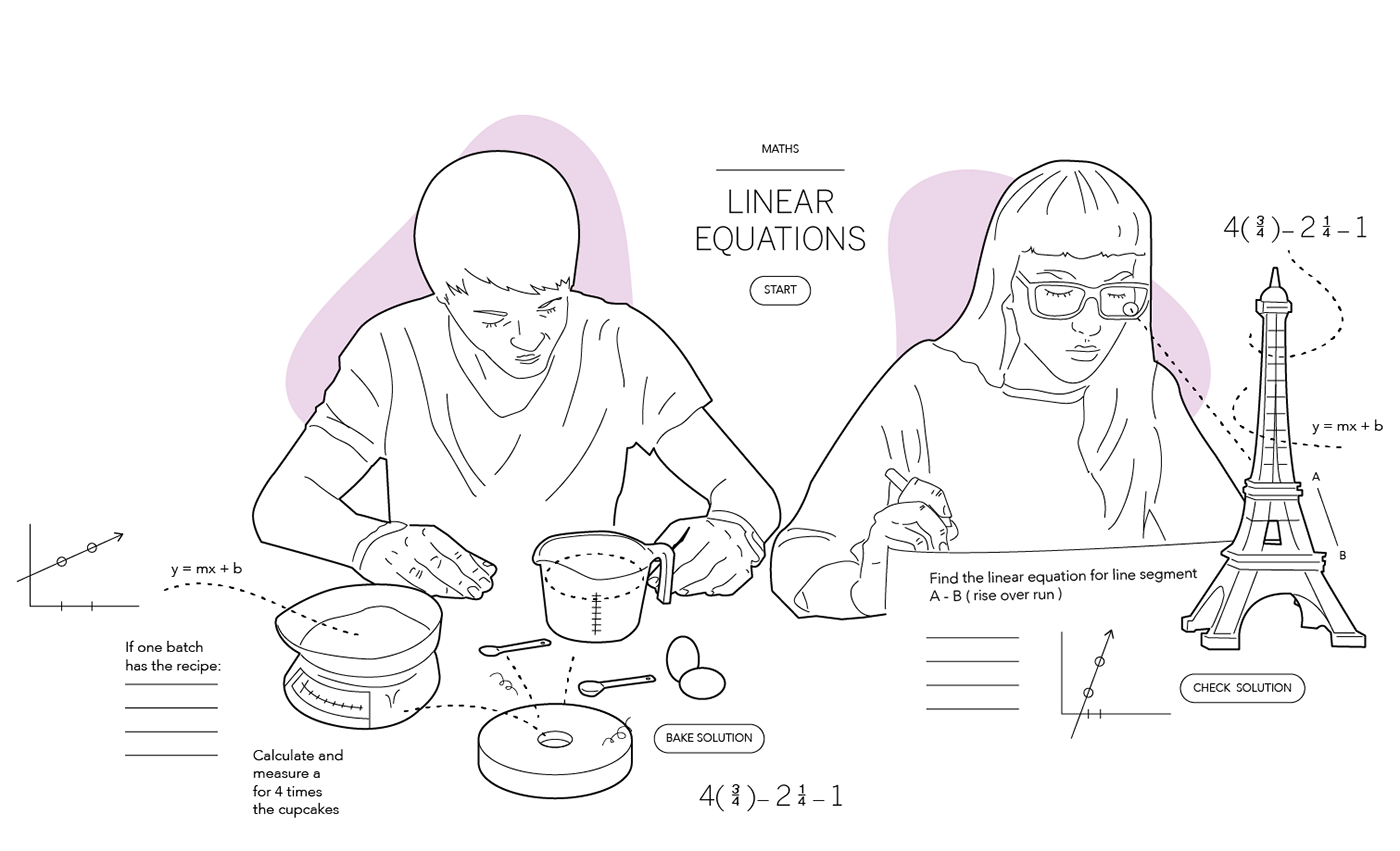
In the next five years, problem solving, playing, understanding complex issues, learning about real world scenarios, spaces, places, people and objects will be amplified through more advanced embodied technologies. Our digital experiences will be driven by a broader range of natural physical interactions than just “touch”, and they will be ubiquitous. We’ll interact with digital content in ways that are much more closely aligned to how we physically interact with the world
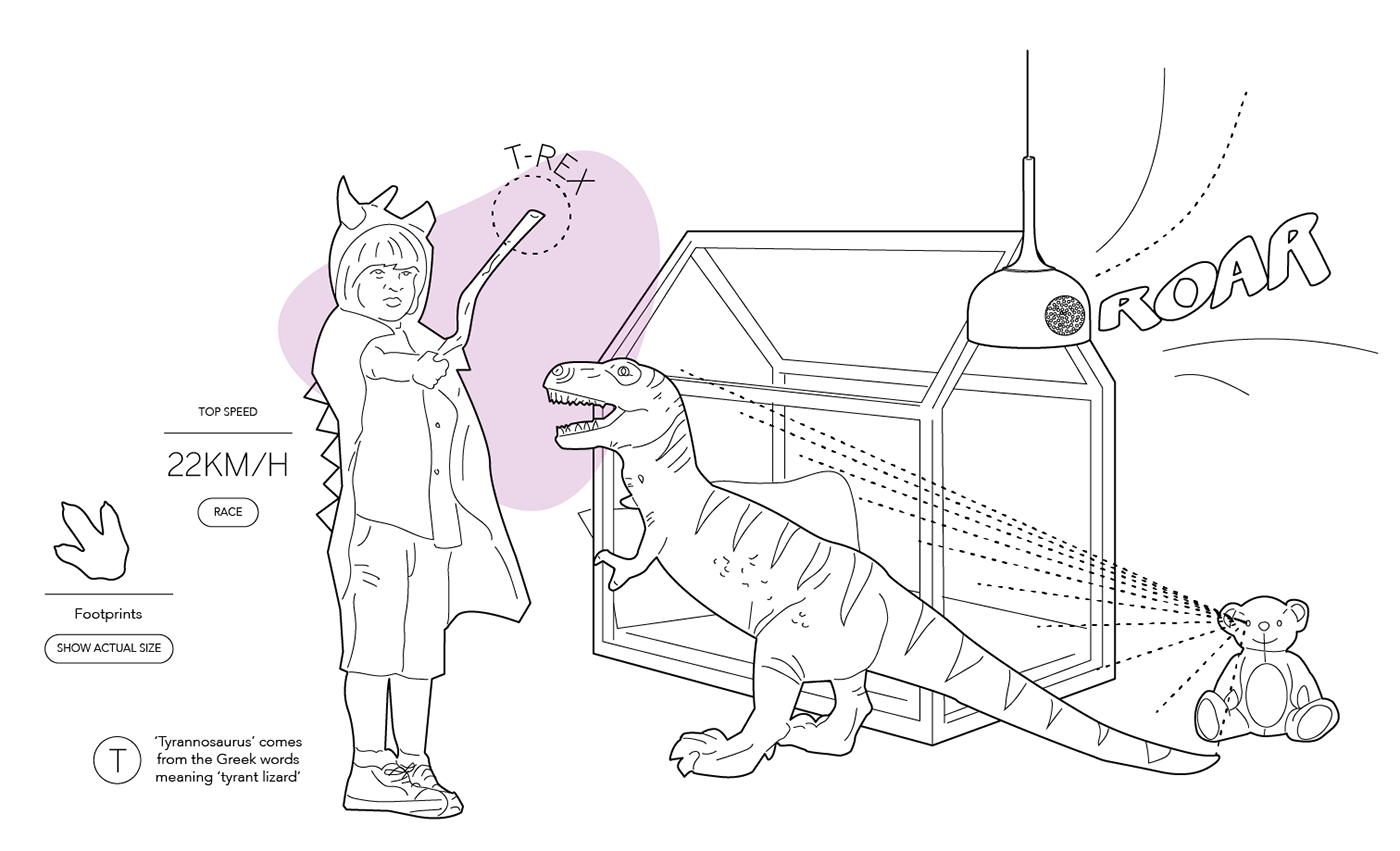
I will create, share and consume content with others in entirely new ways
We’ll be empowered to make, share and consume rich, interactive stories and media experiences with friends and family anywhere, through new forms of connected, cloud-driven content, maker tools and virtual social experiences. From watching a breaking news story as it is written, to sharing and watching it with family via VR in Paris, to playfully painting or sculpting with gestures and haptics in AR, or using advanced 3D printing to make just about anything!
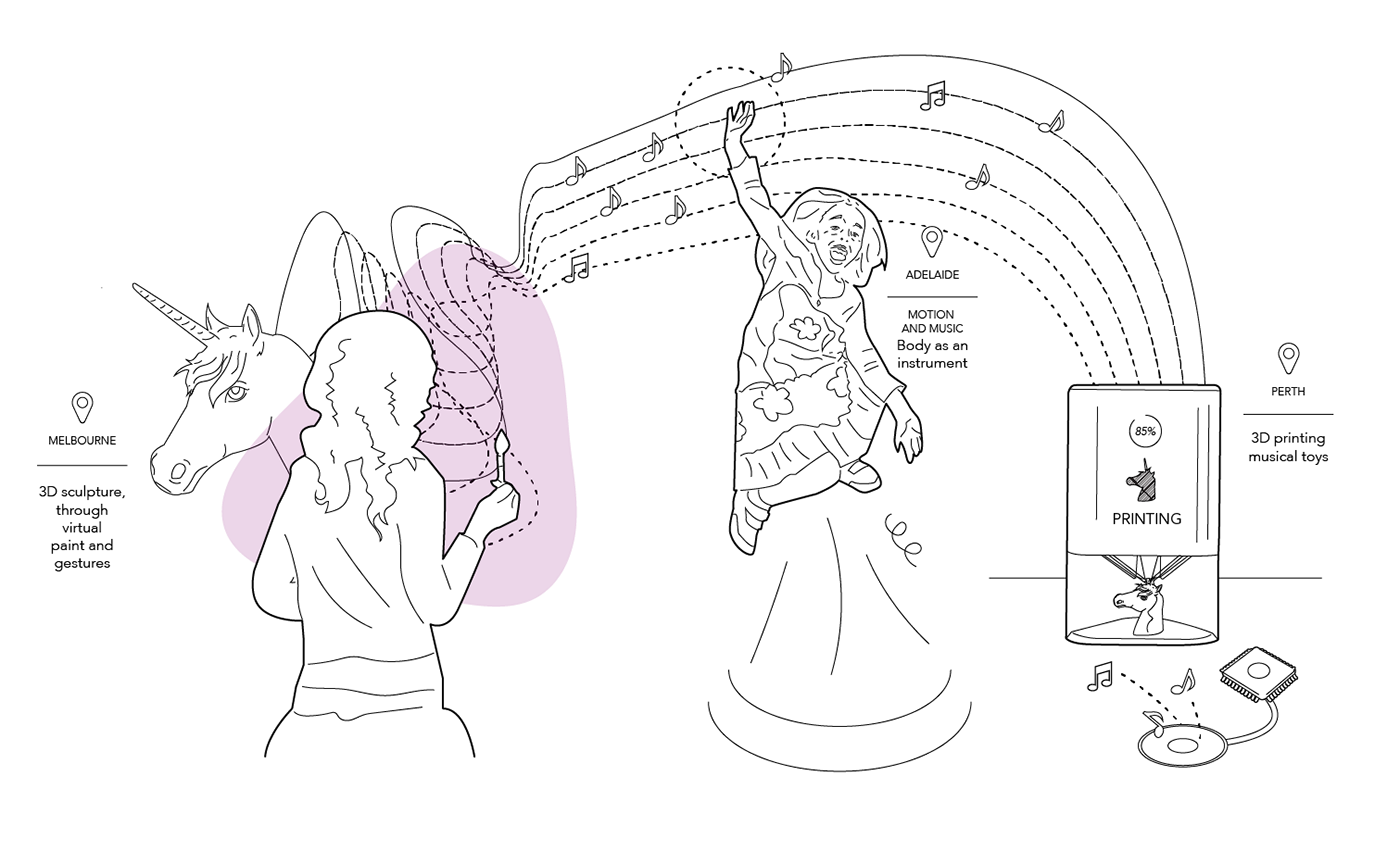
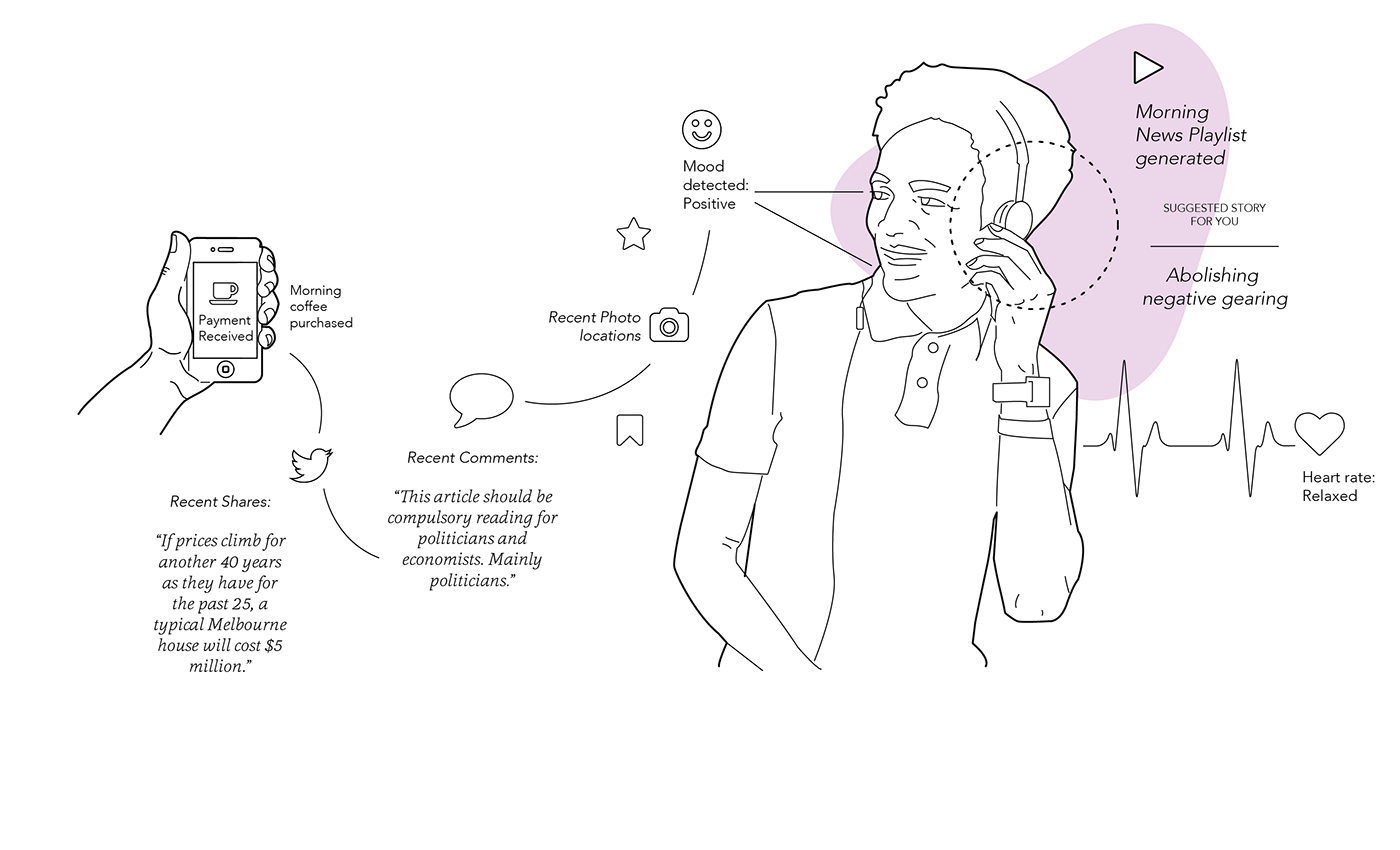
My media services will know me
Intelligent computers that can learn from our behaviour will begin to take the personalised feed and micro-manage the level of customisation. As our daily habits and biofeedback are monitored, collected and analysed, AI directed content filtering based on our mood and our daily routine will become the expectation. As we grow and age, these services will also reflect our capacity to understand; with highly tailored, personalised and user-centric content to match our developmental, social and emotional milestones - from childhood to maturity.
